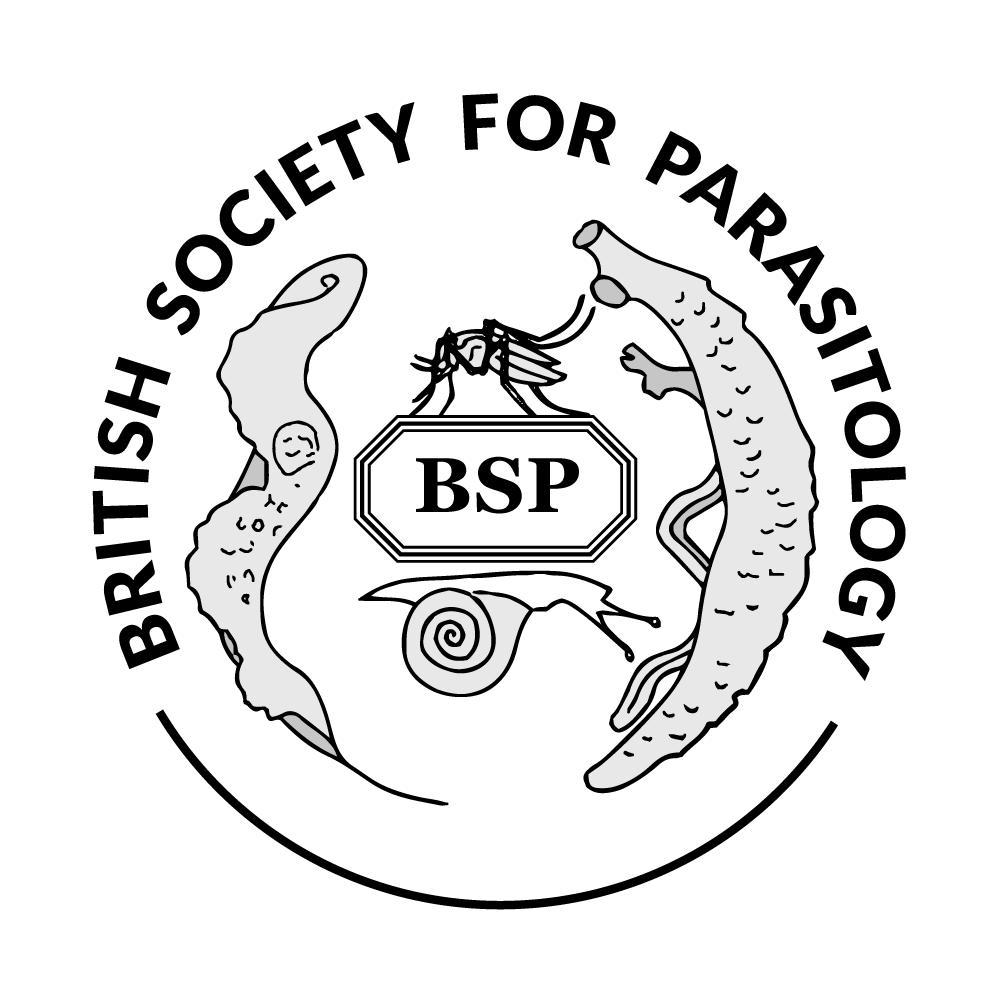

|
Time: To be announced
|
Poster 12 |
Where:
To be announced
Track:
Speaker:
|
Leishmaniasis is a major public health problem in Sri Lanka, predominately in rural areas. With the high literacy rate in Sri Lanka, newspapers could be utilized as an effective media for public health promotion. The objectives of this study were 1) to assess the prominence and 2) to analysis the content of leishmaniasis articles published in online versions of the most popular five Sinhala newspapers (one government associated and four private associated) in Sri Lanka over the period of two years (2020-21). Newspapers were manually screened and articles related to leishmaniasis were extracted using five pre-identified keywords: 1) “leishmaniasis”, 2) “weli massa”, 3) “weli makka”, 4) “weli masi uwadura”, 5) “charmagatha leishmania”. Prominence of the articles was assessed using a composite index scoring system introduced by Wilbur et.al. (Score range of 7 to18; prominent articles ≥15). A thematic analysis was performed to analysis the content of articles. Among a total of 2924 newspapers, only 14 articles were on leishmaniasis. Two-third of articles were published in one private associated newspaper. Only 4 (29%) articles were identified as prominent articles and they all have published in private-associated newspapers. Approximately half of the articles were published with photographs. Five main themes were identified: nature of disease, vector, risk factors, awareness and prevention. The majority of articles were news and the main focus of these articles was to increase the public awareness of leishmaniasis that includes cause, symptoms, treatments and prevention. Most of the news were “warning” articles with the number of patients and disease spreading areas to alert the public. Priority was given to aware the public through data and/or facts including leishmaniasis global and Sri Lankan situation, symptoms and risk factors. However, poor attention was given to diagnosis and treatments. . In features (n=2) prevention strategies were reported in detail. In addition, features were more descriptive articles and they covered vulnerable area, magnitude of leishmaniasis, socioeconomic conditions of vulnerable population, vector control, outdoor occupational behavior, and risk reduction. Newspaper coverage and prominent for leishmaniasis is extremely low in Sinhala newspapers in Sri Lanka in recent years. It is interest to find out why in future studies. Accordingly, this study can understand the differences in shaping and promoting media agendas. By reporting on the nature of the disease, vector, risk factors, awareness, prevention and control, neglected diseases like leishmaniasis can get the attention of Community and policy makers.
Keywords: